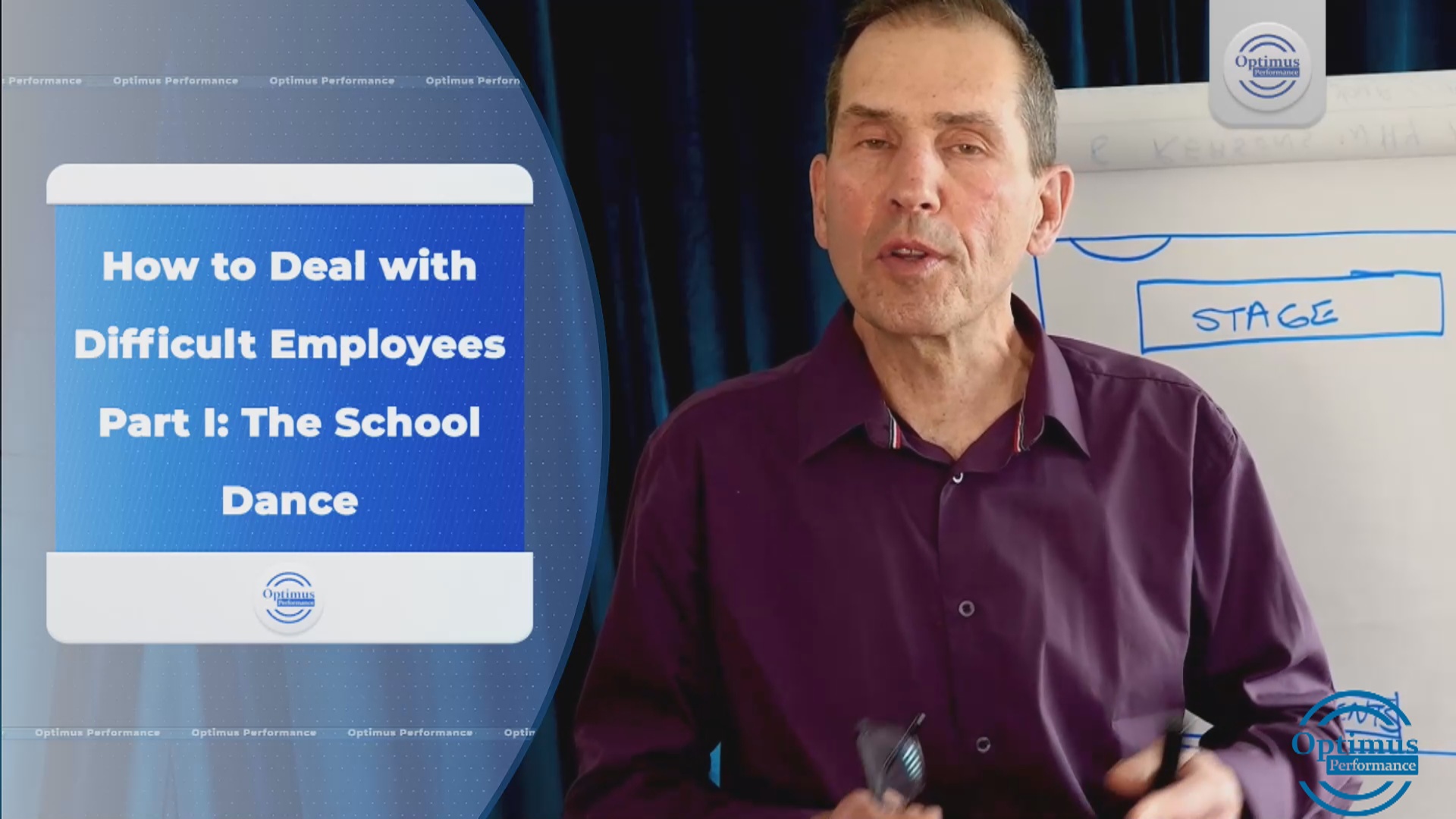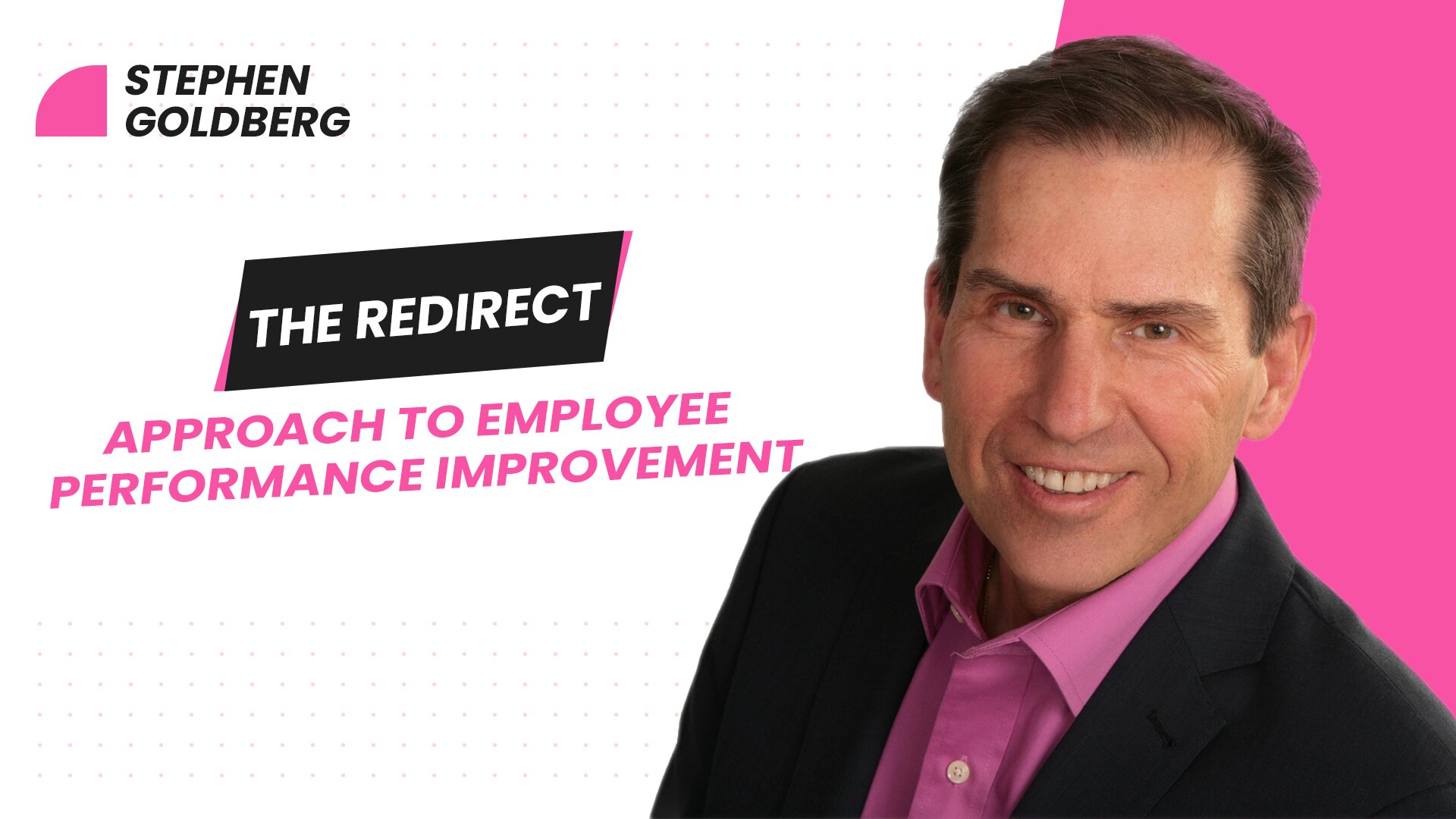Business owners and managers at one point will have to deal with difficult employees. In part I of this article and video, I will use an analogy to explain how to avoid having the most difficult people on your staff.
When I grew up, in high school we had school dances. This was something everyone looked forward to as it was a chance to socialize, have fun and maybe meet a new girlfriend or boyfriend.
There were five types of students who attended the school dance.
- The number ones were those really engaged students who wanted to participate and make the dance a great success for everyone. They were the ones who volunteered to sell tickets, collect them at the door, give out refreshments and act of the DJ. They also were the first to get up on the dance floor. In the workplace they can be considered your top employees or your stars.
- The number twos were also motivated and participative but more to enjoy, dance and have a good time. They were also the first along with the ones to get up and dance. They can be considered your very good or above average employees.
- The number threes were often called the wallflowers. They were quite shy, perhaps lacked self-esteem and confidence and would line up along the walls of the dance floor trying to get up the nerve to ask someone to dance. After a while, they might get up enough nerve to dance or a number one or number two would go over and get them on the dance floor. They can be considered your good employees, reliable, loyal, and probably average performers.
- The number fours were non-conformists who didn’t need the dance to have a good time and get what they wanted. They would go to mom and dad and ask to borrow the car to take their date to the dance. But they would never end up going to the dance. Instead, they would borrow the car and go straight to lover’s lane. These types of employees can be hard to manage at times, but they generally get the work done and are not a serious problem.
- The number fives were the troublemakers at school. They didn’t want to be there and often were not. The school dance was just an excuse to get out of the house and go find trouble anywhere they could. They would pool their money together and one would buy a ticket and then go to the back of the building to let all their friends in. They would walk around putting everyone down and then go off to the billiard hall or arcade where they would talk about how boring the dance was and continue to drink or take drugs and cause trouble. These can be considered your troublesome employees and the ones you wished you never hired or had in your team.
There are two ways to deal with the number five type employees. The first is to never hire them in the first place. Therefore, I always suggest a rigorous selection process including testing for attitude and reference and background checks.
If you find you have a number five type employee already hired, you want to terminate them. They are unmanageable and not worth your time trying to fix.
You want to spend your time with the number ones, twos, and threes, but especially the number ones. These are your dedicated participative employees and your future leaders. Invest time in training and coaching them and your business will thrive.
I used to get hired by business owners who would say they want me to fix Bob. Bob was the number five employee. After finding this out, I would spend my time convincing the owner to fire Bob and then help them do it. In part II of how to deal with difficult employees, I will cover some good approaches to issues that may cause you grief but can be corrected.


